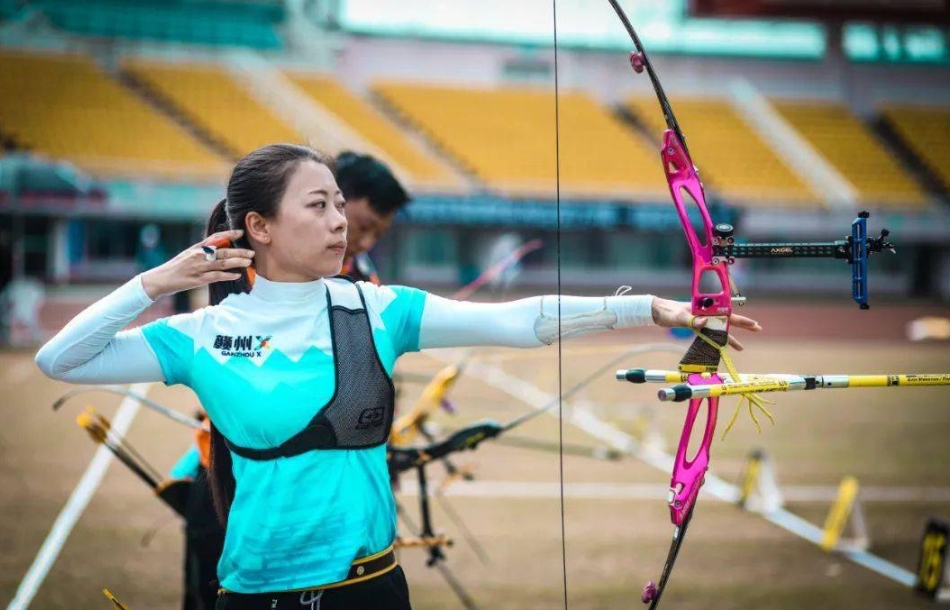Release time:2025-04-08 16:46:15Clicks:author:SPG ArcheryMain categories:Bows, Arrows, Archery Accessories

Many people are not familiar with archery.
This ancient hunting tool and cold weapon has been transformed into a competitive and entertainment tool today, and it still has some mystery. Some people call it "noble sports" together with golf and horse riding. At the 2008 Beijing Olympics, the championship battle between the Chinese women's archery team and the South Korean team touched the hearts of countless Chinese people. Zhang Juanjuan shot down the first Olympic gold medal in the history of Chinese archery and even caused an archery craze. Nowadays, archery, a "brain-building" sport, has gradually entered the daily life of urban people and has become a niche and emerging entertainment and leisure method.
There is no physical threshold for archery. As long as you like it, in a professional venue, under the guidance of a professional coach, anyone can become Hou Yi and feel the pride of the string being stretched and the arrow being shot through the sky. But if you want to shoot accurately, you need to work hard! Many archers are curious why their archery is always within the seventh, eighth, and ninth rings, and cannot reach the 10th ring. Their archery posture is also correct, but they can't break through. At this time, if you want to break through, you should try another arrow. Here is a brief introduction to the trajectory of the arrow when it is shot. The picture and text illustrate the process of the arrow from rest to shot when a right-handed archer shoots. The arrow is shot from left to right. The red arrow below the arrow indicates the position of the arrow rest. When the bow is fully drawn, the arrow rests on the string on the left side of the arrow rest, pointing to the target and in a straight line with the target. When the string is released, the string applies pressure to the arrow through the tail.
The bowstring rebounds at high speed, pulling the middle of the bow, and this action pulls the bow violently to the left. At this time, the arrow has flown about 1/3 of the arrow length on the arrow rest. The pressure of the bowstring and its own plasticity cause the arrow to bend strongly, and the pressure of the arrow shaft causes the arrow rest to move slightly to the right. Then the arrow straightens up, slides on the arrow rest, and gradually moves away from the arrow rest. Every inch after passing the arrow rest will no longer contact the arrow rest. The inertia of the arrow tip prevents the tail from moving forward, but the middle of the arrow cannot.
Therefore, if the arrow tip moves forward, it will cause the part of the arrow shaft that is still on the arrow rest to bend. When the arrow leaves the string, the force of the tail pushes the arrow to the right, and the reaction force of the arrow tip on the tail is to the left; similarly, when the feathers pass through the arrow rest, the reaction force of the arrow tip is also in the same straight line as the target, and the direction is to the left. Similarly, when the tail leaves the bow, it is also subject to the force to the right of the middle of the arrow.
The arrow begins to straighten back, and it is still subject to the force to the left, but the force is not as strong as before. At this time, the arrow tip and the tail are almost in the same straight line, and there is no vertical movement, but the middle of the arrow is still vibrating vertically, although the amplitude is smaller each time. Now you must understand that the arrow shaft must have a suitable hardness so that the frequency of vibration is adapted to the cycle of bending force.
If the arrow is too soft, it will deviate to the right, and if it is too hard, it will deviate to the left. Looking at the movement trajectory of the arrow above, everyone should know why we sometimes reach a bottleneck after practicing to a certain extent. At this time, you can try to practice with another arrow, which may break through this bottleneck.
The choice of arrow depends on your needs, and each arrow has its advantages.